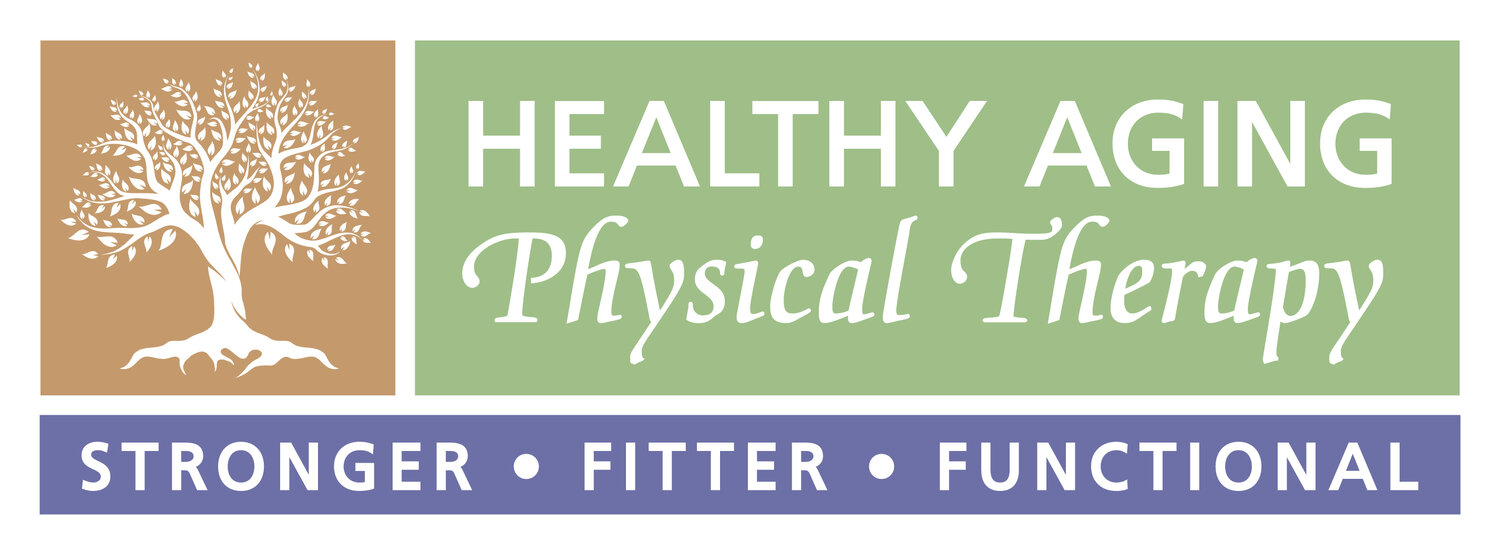Treatment Tuesday: focus on Osteoporosis
WHAT IS OSTEOPEROSIS?
Osteoporosis is a disorder of progressive bone loss. While all bones normally cycle through a series of bone degradation (resorption) and new bone creation (deposition), bone loss occurs when the rate of bone resorption becomes faster than the rate of bone deposition. While we all experience age-related bone loss beginning around age 35, bone tissue deterioration can become pathological when it progresses < 1 ‘standard deviation’ (SD) from normal. Osteopenia is defined as between 1-1.25 SD below normal or a T score (measure of bone density) between -1 to 1.25. Osteoporosis is defined when bone density drops 2.5 SD or more below normal, or T score falls below - 2.5. Symptoms of low bone density typically include increased risk of fracture, increased thoracic kyphosis and pain. Osteoporosis can impact breathing and digestion if/when structural changes affect posture and spinal structure. Women are at higher risk for bone loss than men; women are 8x more likely to experience Type I osteoporosis(postmenopausal and related to loss of estrogen), and 2x more likely to experience type II (senile osteoporosis that occurs after 70 years old).
You can decrease your risk of developing Osteoporosis and/or improve your management of this disease by making certain changes in your lifestyle and activity:
✓ Participate in Regular Aerobic Activity and Strengthening: Participation in moderate to high intensity weight bearing aerobic exercise with a cyclical movement pattern has been shown to be beneficial to people with osteoporosis. Strengthening improves bone mass by the transfer of mechanical stress to bone via tendons and reduces your risk of falls.
✓ Improve your Balance and Reduce your Risk of Falls: Given the increased risk of facture in the setting of osteoporosis, it is critical to improve your balance and stay on your feet. Additionally, learning how to fall properly can protect your spine and joints in the case that you do lose your balance. Consult a physical therapist to determine how to best address these issues and incorporate a balance program as part of your normal routine.
✓ Postural Awareness and Use of Proper Body Mechanics: If you have already been diagnosed with osteopenia or osteoporosis, it is important to use proper posture and body mechanics to protect your spine and reduce risk of compression fractures. Excessive spinal flexion (bending forward) and twisting motions can increase risk of these types of fractures. Avoid activities that require these movement patterns and focus instead on spinal extension (leaning back) and improving your neutral posture and postural control.
✓ Follow any Medication and Diet Recommendations Provided by your Doctor: There are many good, effective pharmacologic treatments available for the treatment of osteopenia and osteoporosis. Your doctor may prescribe dietary supplements or bisphosphonates to slow bone degradation and encourage new bone deposition. Follow your doctor’s directions and make regular follow-ups routine.
BENEFITS OF EXERCISE
✓ Improved bone density
✓ Decreased risk of falls and fracture associated with falls
✓ Improved aerobic capacity, oxygen utilization, blood pressure and improved cardiac efficiency
✓ Improved sleep, mood and decreased daytime fatigue
✓ Improved weight management
CAUTIONS AND CONTRAINDICATIONS
While it is safe to exercise with osteoporosis, you should avoid high impact activities and exercises that involve twisting of the spine. This can protect your vertebrae from compression fracture.
Further Reading and Resources
Choose PT Guide to Compression Fractures


